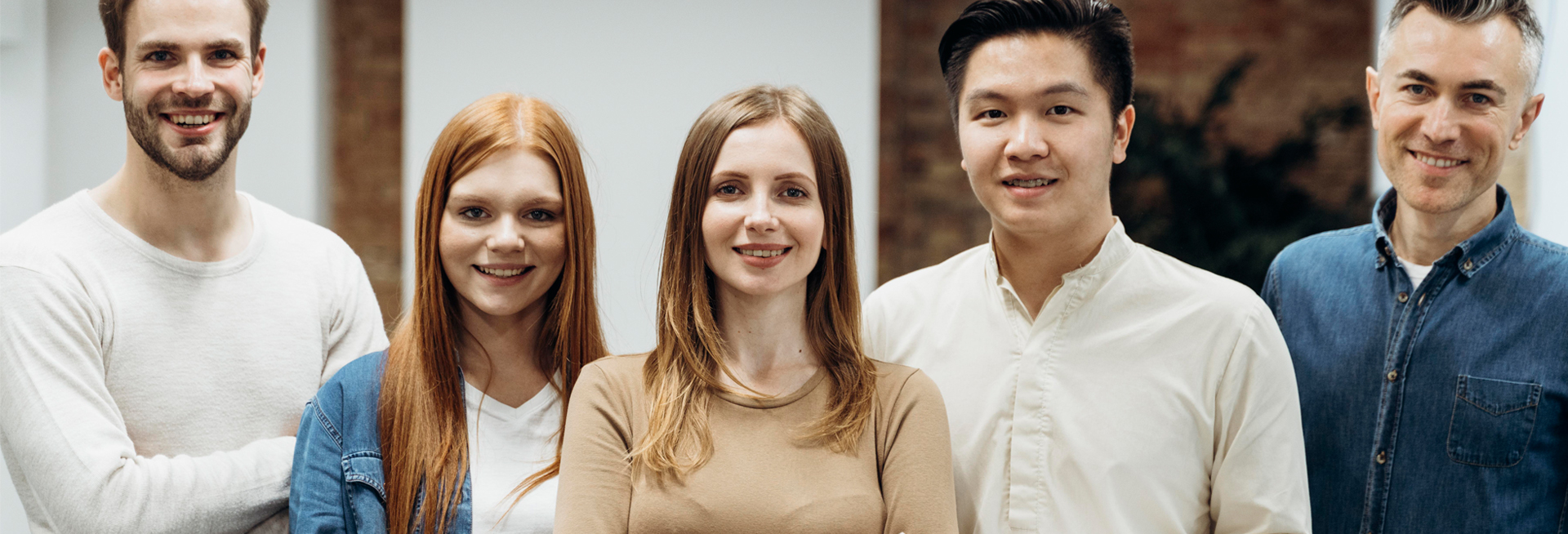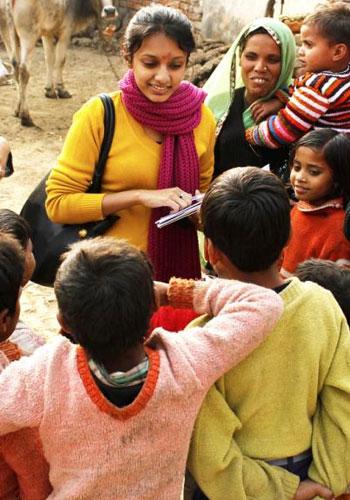Our mission is to ensure that everyone has access to the highest standard of health possible, without discrimination or stigma. We believe that access to healthcare is a fundamental human right and essential to the well-being of individuals and communities.
Our organization works to promote health rights in several ways. First, we advocate for policies and laws that support access to healthcare, particularly for marginalized communities. We work to ensure that healthcare services are affordable, accessible, and of high quality, and we hold governments and other entities accountable for providing these services to their citizens.
Second
We provide direct support to healthcare facilities and communities, particularly in areas where access to healthcare is limited. We work with local partners to improve healthcare infrastructure, train healthcare workers, and provide resources to patients. We also work to promote preventative healthcare practices, recognizing that prevention is often the best way to ensure good health outcomes.

Third
We engage in public education and awareness-raising campaigns to promote the importance of health and to encourage greater investment in healthcare systems. We work to build partnerships with communities, civil society organizations, and other stakeholders to create meaningful change and to ensure that health remains a priority on the global agenda.
Our organization
Is committed to promoting gender equality in healthcare, recognizing that women and girls face unique health challenges and are often marginalized in healthcare systems. We work to ensure that healthcare services are accessible and inclusive for all, regardless of gender identity or expression.
We also recognize
The importance of addressing social determinants of health, such as poverty, discrimination, and environmental factors. We work to promote social justice and equity in healthcare, recognizing that these factors often contribute to poor health outcomes.
At the heart of our work is a commitment to promoting
Health as a fundamental human right. We believe that access to healthcare is essential to the well-being of individuals and communities, and we are dedicated to working towards a world where everyone has access to the highest standard of health possible.
Our Objectives
- HEALTH & DRUG/HIV/AIDS PROGRAM CELL
- OLD AGE HOME SUPPORT & HOME LESS HUMAN CELL





